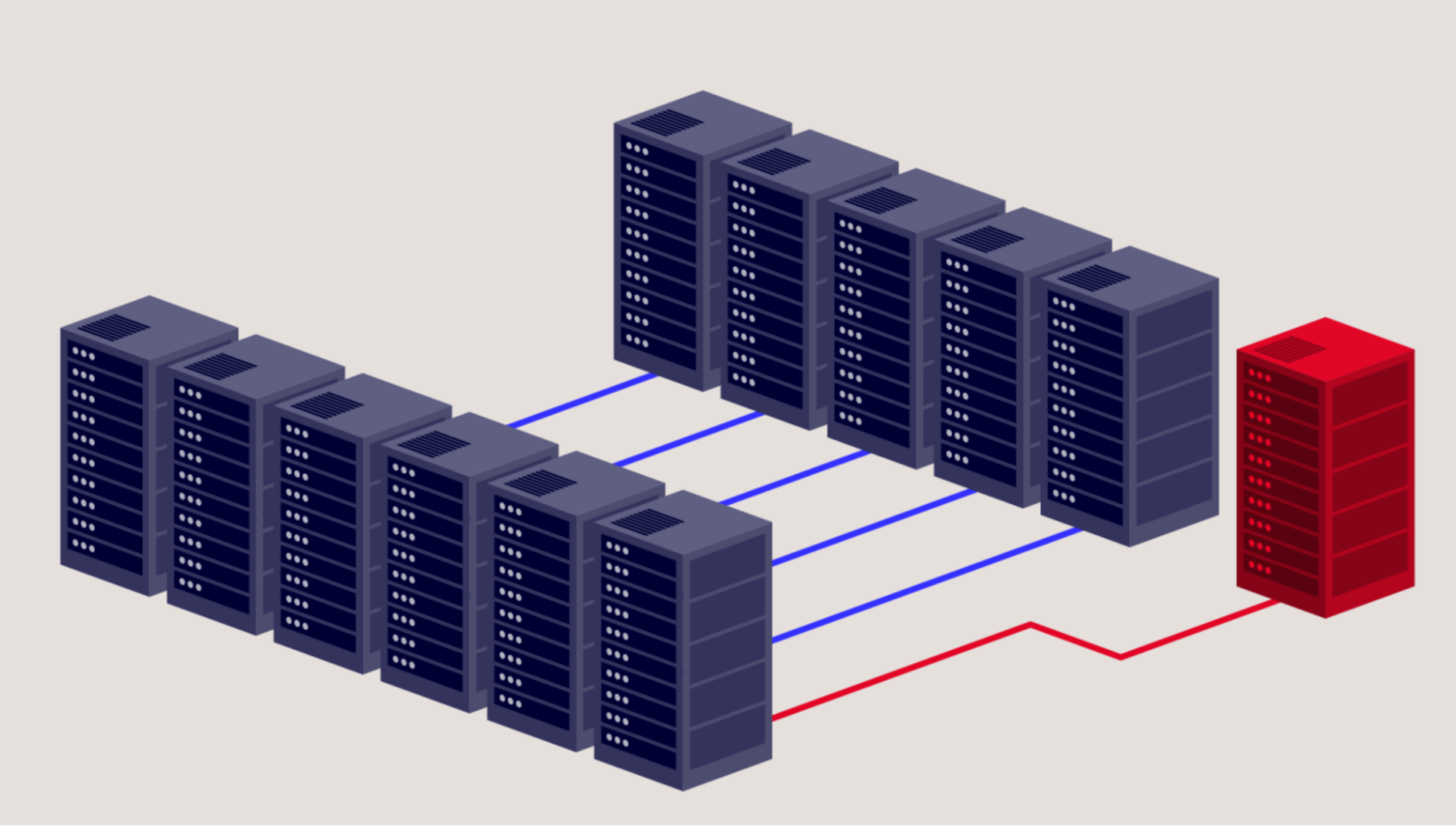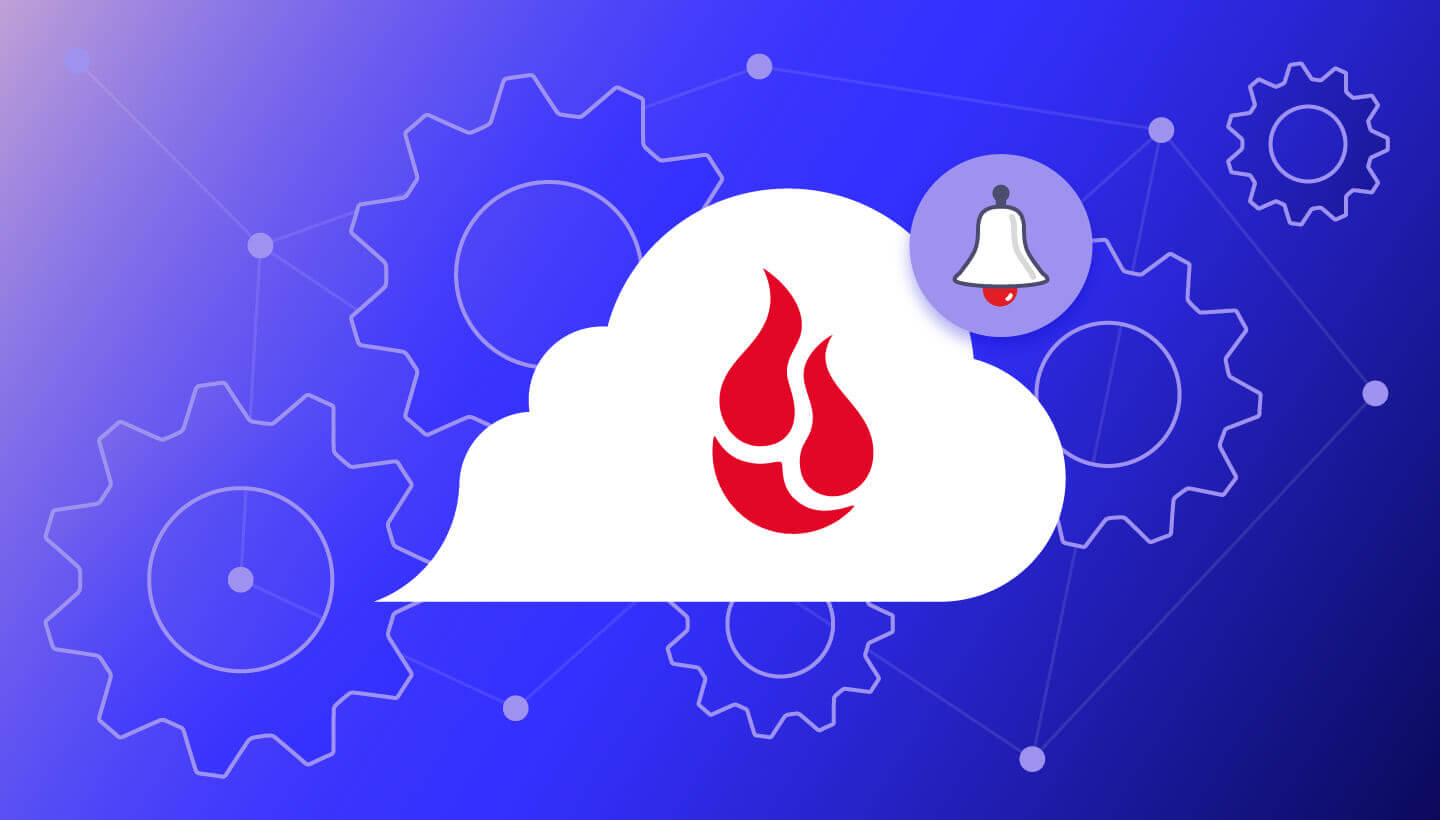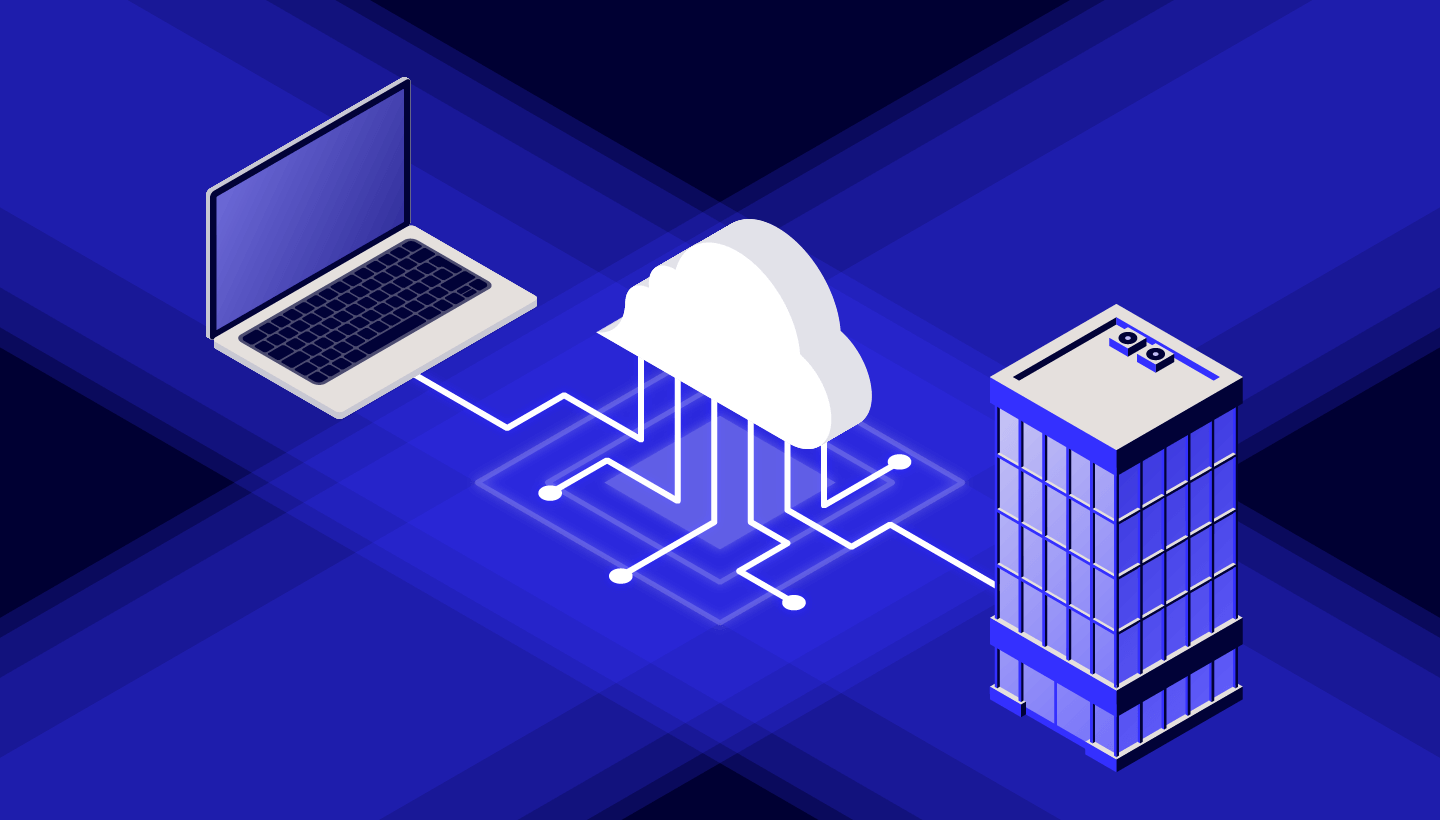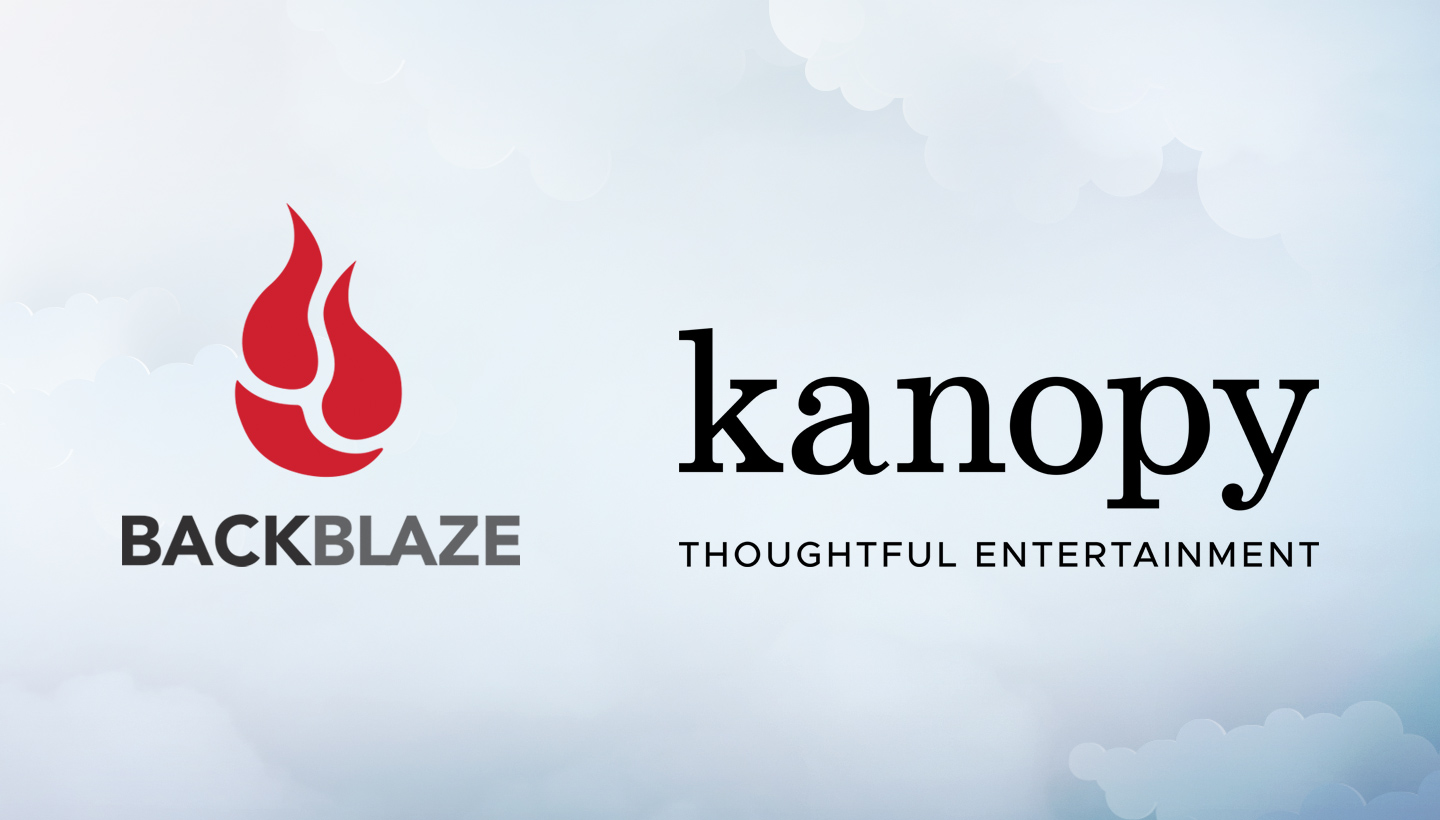
In most industries, one lost file isn’t a big deal. If you have good backups, you just have to find it, restore it, and move on—business as usual. But in the business of streaming media, one lost file can cause playback issues, compromising the customer experience.
Kanopy, a video streaming platform serving more than 4,000 libraries and 45 million library patrons worldwide, previously used an all-in-one video processing, storage, and delivery provider to manage their media, but reliability became an issue after missing files led to service disruptions.
We spoke with Kanopy’s Chief Technology Officer, Dave Barney, and Lead Video Software Engineer, Pierre-Antoine Tible, to understand how they restructured their tech stack to achieve reliability and three times more redundancy with no increase in cost.
Describing Kanopy as “Netflix for libraries” is an accurate comparison until you consider the number of videos they offer: Kanopy has 25,000+ titles under management, many thousands more than Netflix. Founded in 2008, Kanopy pursued a blue ocean market in academic and, later, public libraries rather than competing with Netflix. The libraries pay for the service, offering patrons free access to films that can’t be found anywhere else in the world.
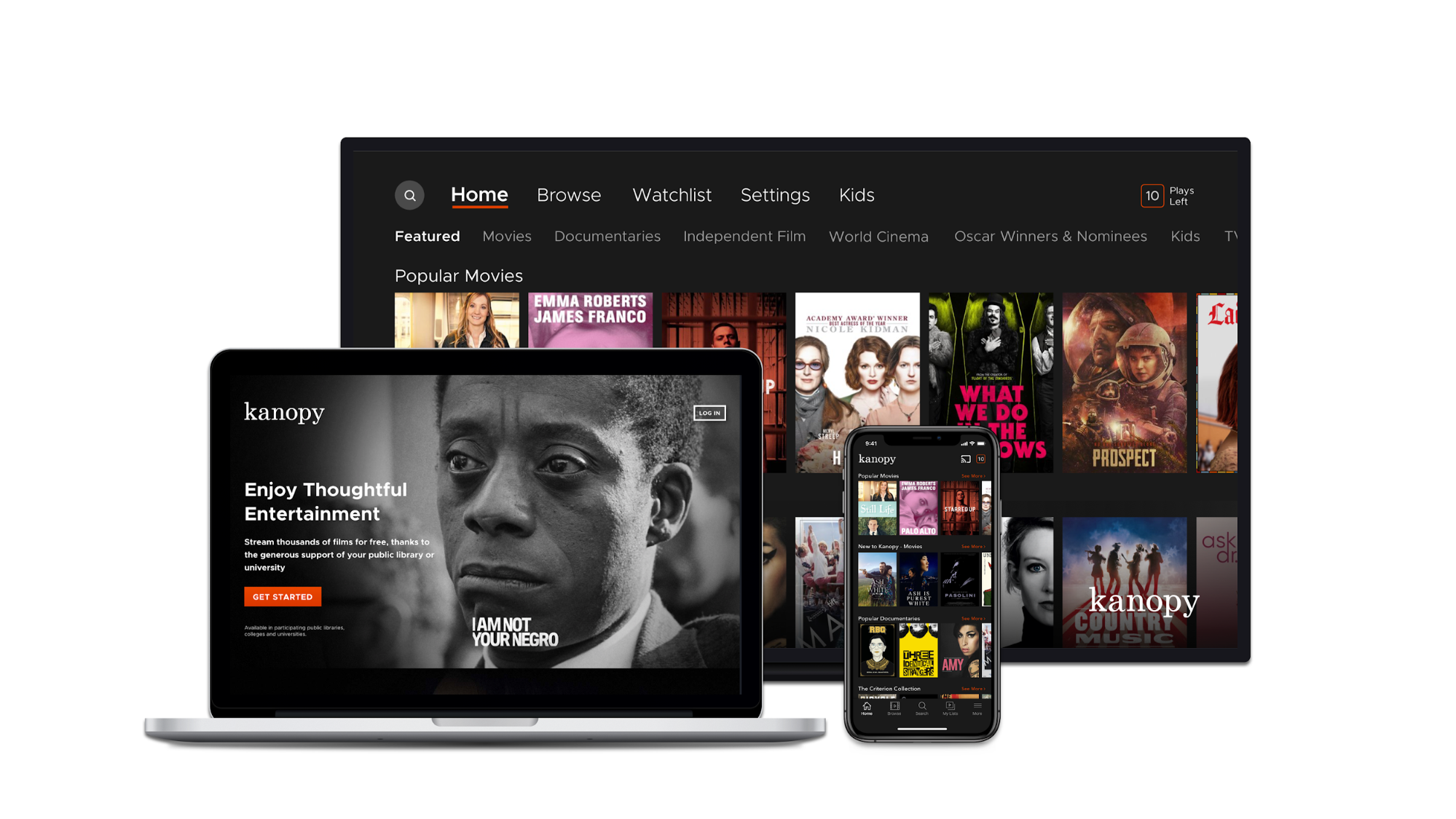
Streaming Media Demands Reliability
In order for a film to be streamed without delays or buffering, it must first be transcoded—broken up into smaller, compressed files known as “chunks.” A feature-length film may translate to thousands of five to 10-second chunks, and losing just one can cause playback issues that disrupt the viewing experience. Pierre-Antoine described a number of reliability obstacles Kanopy faced with their legacy provider:
- The provider lost chunks, disabling HD streaming.
- The CDN said the data was there—but user complaints made it clear it wasn’t.
- Finding source files and re-transcoding them was costly in both time and resources.
- The provider didn’t back up data. If the file couldn’t be located in primary storage, it was gone.
Preparing for a Cloud to Cloud Migration
For a video streaming service of Kanopy’s scale, a poor user experience was not acceptable. Nor was operating without a solid plan for backups. To increase reliability and redundancy, they took steps to restructure their tech stack:
First, Kanopy moved their data out of their legacy provider and made it S3 compatible. Their legacy provider used its own storage type, so Pierre-Antoine and Kanopy’s development team wrote a script themselves to move the data to AWS, where they planned to set up their video processing infrastructure.
Next, they researched a few solutions for origin storage, including Backblaze B2 Cloud Storage and IBM. Kanopy streams out 15,000+ titles each month, which would incur massive egress fees through Amazon S3, so it was never an option. Both Backblaze B2 and IBM offered an S3 compatible API, so the data would have been easy to move, but using IBM for storage meant implementing a CDN Kanopy didn’t have experience with.
Then, they ran a proof of concept. Backblaze proved more reliable and gave them the ability to use their preferred CDN, Cloudflare, to continue delivering content around the globe.
Finally, they completed the migration of production data. They moved data from Amazon S3 to Backblaze B2 using Backblaze’s Cloud to Cloud Migration service, moving 150TB in less than three days.

Building a Tech Stack for Streaming Media
Kanopy’s vendor-agnostic, multi-cloud tech stack provides them the flexibility to use integrated, best-of-breed providers. Their new stack includes:
- IBM Aspera to receive videos from contract suppliers like Paramount or HBO.
- AWS for transcoding and encryption and Deep Glacier for redundant backups.
- Flexify.IO for ongoing data transfer.
- Backblaze B2 for origin storage.
- Cloudflare for CDN and edge computing.
The Benefits of a Multi-cloud, Vendor-agnostic Tech Stack
The new stack offers Kanopy a number of benefits versus their all-in-one provider:
- Since Backblaze is already configured with Cloudflare, data stored on Backblaze B2 automatically feeds into Cloudflare’s CDN. This allows content to live in Backblaze B2, yet be delivered with Cloudflare’s low latency and high speed.
- Benefitting from the Bandwidth Alliance, Kanopy pays $0 in egress fees to transfer data from Backblaze to Cloudflare. The Bandwidth Alliance is a group of cloud and networking companies that discount or waive data transfer fees for shared customers.
- Egress savings coupled with Backblaze B2’s transparent pricing allowed Kanopy to achieve redundancy at the same cost as their legacy provider.
Scaling a Streaming Media Platform With Backblaze B2
Though reliability was a main driver in Kanopy’s efforts to overhaul their tech stack, looking forward, Dave sees their new system enabling Kanopy to scale even further. “We’re rapidly accelerating the amount of content we onboard. Had reliability not become an issue, cost containment very quickly would have. Backblaze and the Bandwidth Alliance helped us attain both,” Dave attested.
“We’re rapidly accelerating the amount of content we onboard. Had reliability not become an issue, cost containment very quickly would have. Backblaze and the Bandwidth Alliance helped us attain both.”
—Dave Barney, Chief Technology Officer, Kanopy
